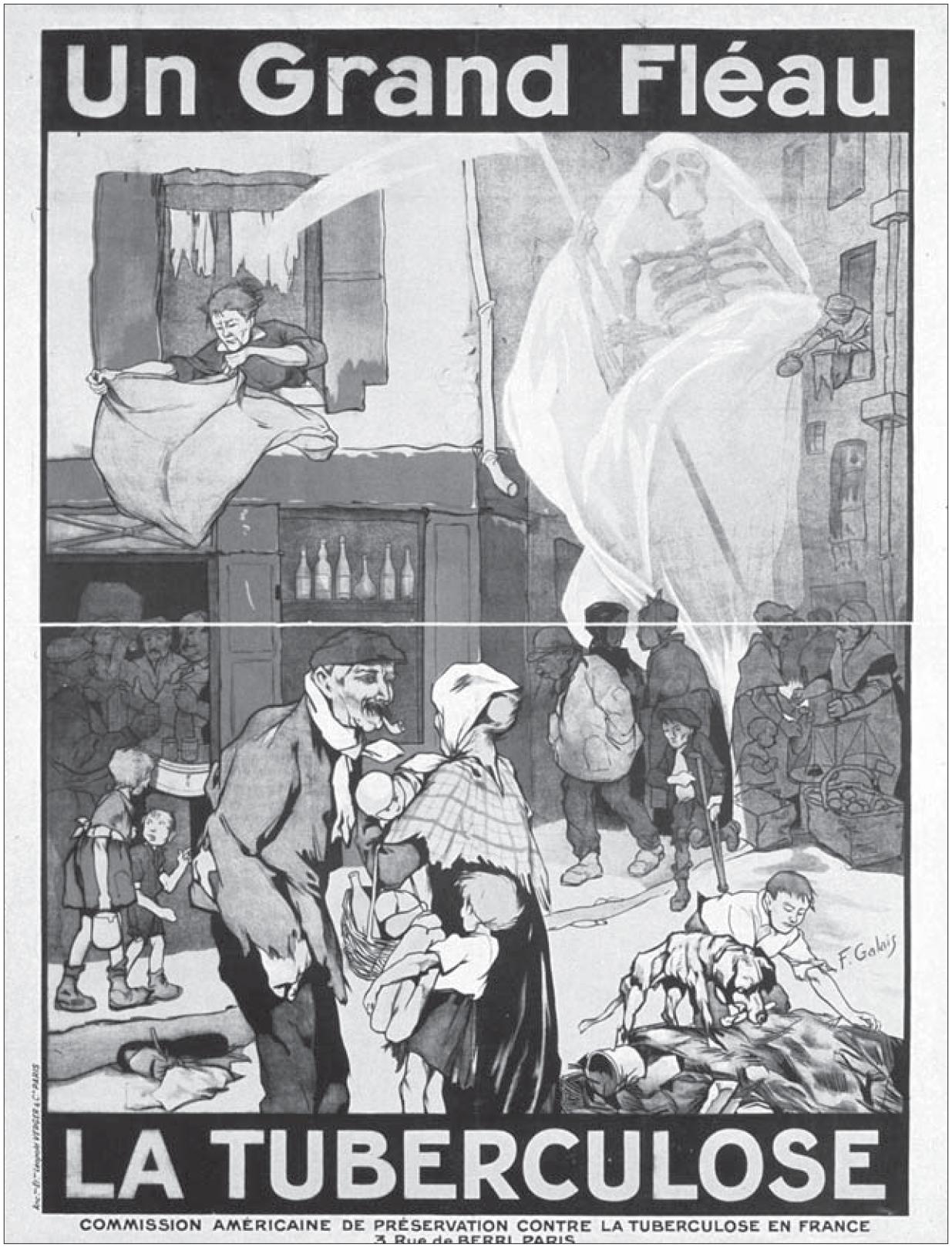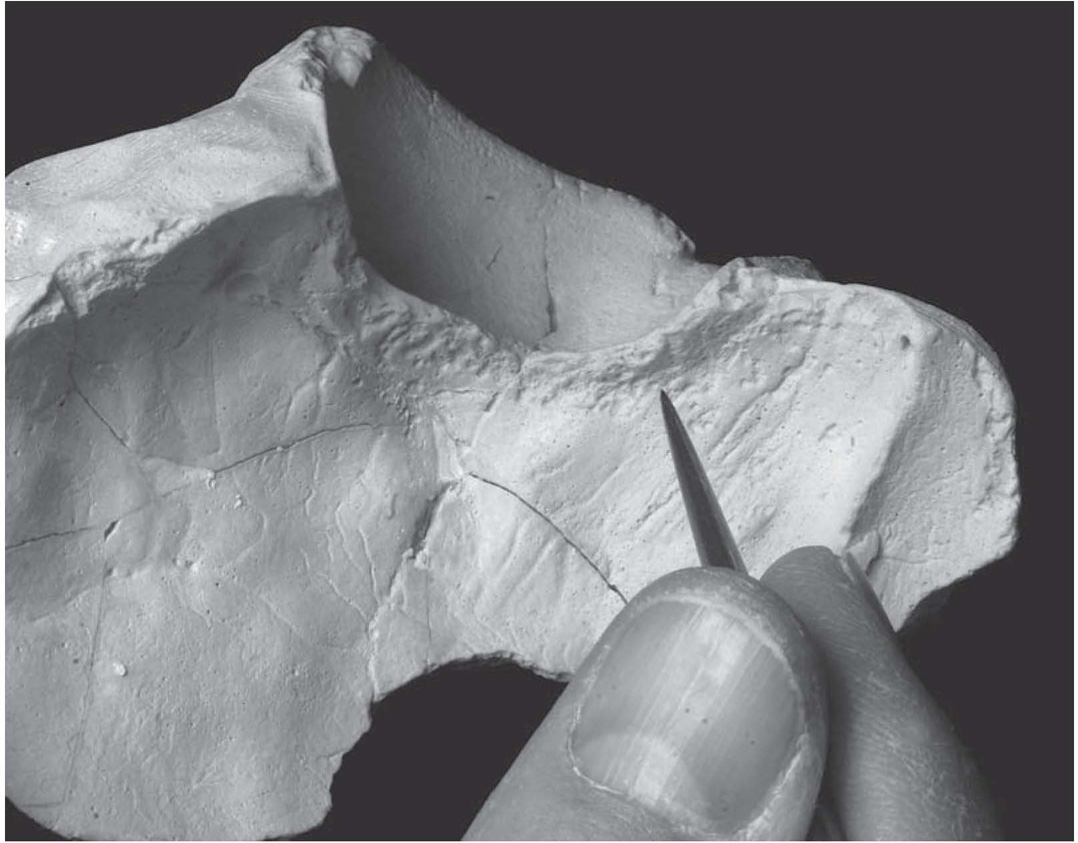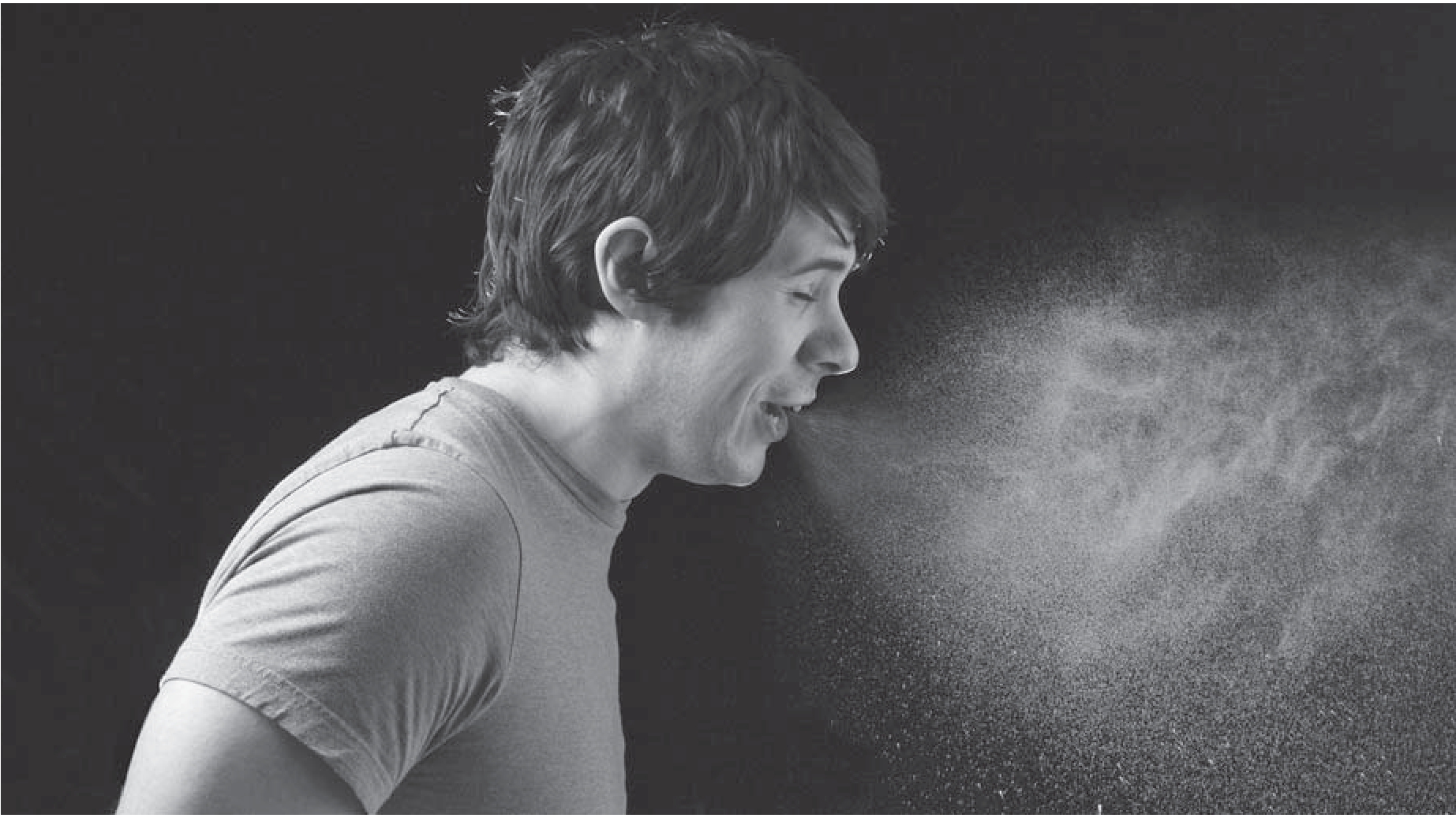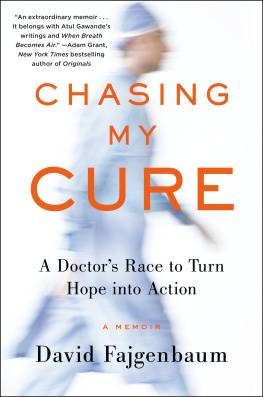Clarion Books 215 Park Avenue South, New York, New York 10003
Text copyright 2012 by Jim Murphy and Alison Blank Map art copyright 2012 by Kayley LeFaiver
All rights reserved.
For information about permission to reproduce selections from this book, write to Permissions, Houghton Mifflin Harcourt Publishing Company, 215 Park Avenue South, New York, New York 10003.
Clarion Books is an imprint of Houghton Mifflin Harcourt Publishing Company.
www.hmhbooks.com
Library of Congress Cataloging-in-Publication Data Murphy, Jim, 1947
Invincible microbe : tuberculosis and the never-ending search for a cure / Jim Murphy, Alison Blank.
p. cm.
Includes bibliographical references.
ISBN 978-0-618-53574-3 (hardback)
1. TuberculosisJuvenile literature. 2. MicroorganismsJuvenile literature. I. Blank,
Alison. II. Title.
QR201.T6M87 2012
616.995dc23
2011025951
Manufactured in China
LEO 10 9 8 7 6 5 4 3 2 1
4500349186
This book is dedicated to
Ellen Frankovitch
and
Bob Kritcher,
whose steadfast friendship and love
have the power to heal
The Lord will smite you with consumption, and with fever, inflammation, and fiery heat, and with drought, and with blasting, and with mildew; and they shall pursue you until you perish.
Deuteronomy 28:22
Yet the captain of all these men of death that came against him to take him away was the consumption, for twas that that brought him down to the grave.
John Bunyan, The Life and Death of Mr. Badman (1680)
Tuberculosisthe disease which destroyed more than five million lives last year, whose indiscriminate path through mans recorded history has filled more graves than war, famine, or pestilencehas been stopped.
From the radio broadcast Science on the March (1953)
No matter how carefully we scour the world for substances that kill bacteria and viruses, eventually we are going to lose the battle.
Robert Baker, Quiet Killers: The Fall and Rise of Deadly Diseases (2008)
 A 1917 poster shows the Grim Reaper looming large over a crowded and dirty street in France. The text reads: A Great ScourgeTuberculosis.
A 1917 poster shows the Grim Reaper looming large over a crowded and dirty street in France. The text reads: A Great ScourgeTuberculosis."
This is the Story
T HIS is the story of a small, harmless-looking germ that has been infecting people for millions of years.
Its the story of how this microorganism became the greatest killer of humans in the history of the world; of the terrified, desperate people invaded by this tiny creature, and what their families and friends tried to do to save their lives; of artists who painted pictures and authors who wrote adoring stories about these doomed sufferers; of how physicians struggled for centuries to find a cure for their illness; and of a miraculous medical discovery that finally stopped the killer of billions of humansonly to have this germ stubbornly evolve again into something even more insidious and deadly.
This is the story of tuberculosis.

Homo erectus
was the first of our prehistoric ancestors to journey outside of Africa, carrying TB.One
In the Beginning
F IVE hundred thousand years ago a small band of our ancient human ancestors, now known as Homo erectus, traveled across western Turkey. One of them, a young male, had been sick for many weeks. He was tired and irritable, and his head ached terribly. For days he hadnt been able to eat much, and what he did eat, he soon vomited up. Still, he tried to keep up with the rest of his group. But as they entered a mountain forest, the pain in his head became unbearable and he could no longer walk.
There wasnt much anyone could do for him. They brought him water and tried to make him comfortable. No matter what they did, the pain in the boys head continued until he was so sick, he no longer recognized his companions. Finally, moaning in pain, he lay on the ground and fell into a deep sleep from which he never woke.
His people never knew what killed him. But modern-day scientists do. When paleontologists studied a fragment of this boys fossilized skull, they saw a series of tiny lesions, or scars, on the inside. The scars were identical to those made by a bacterium that causes a fatal disease of the brain. What the scientists were looking at was the oldest physical evidence of tuberculosis (TB) yet discovered.
The origins of TB actually go back even further than this. Scientists now believe that TB is caused by microorganisms that lurked in the soil and water of Africa as much as 3 million years ago. By chance, some of our most ancient ancestors became infected with these TB germs and died from the disease. Later, between 20,000 and 35,000 years ago, something happened: The germs began to evolve. What emerged was a different and even more dangerous microorganism, which we call Mycobacterium tuberculosis.
my ko back TEE ree um too bur kew L0 sis
 View of the inside of the fossilized skull of a young male
View of the inside of the fossilized skull of a young male Homo erectus.
The stylus is pointing to the tiny lesions made by a form of tuberculosis that infects the brain.
A scanning electron micrograph image of
Mycobacterium tuberculosis.
M. tuberculosis is a slender, elegantly curved rod, so small that 25,000 of them laid end to end would measure only one inch long. They grow much more slowly than other bacteria and are bound up in a fatty, waxlike protective wrapping. When observed through a microscope, they look more harmless and beautiful than deadly.
 A single sneeze sends millions of tiny droplets into the air.
A single sneeze sends millions of tiny droplets into the air.Yet M. tuberculosis is anything but harmless, mainly because A these germs can be passed so easily from person to person. When individuals with these microorganisms in their lungs cough, sneeze, or simply talk, they spew millions of bacteria into the air in tiny droplets. These seemingly innocent germs can then hang in the air for several hours, until someone else breathes them in.
Once inside a human body, the M. tuberculosis bacterium usually finds a comfortable home in the lungs. But these germs have the remarkable ability to establish themselves in other parts of the body as well. They can survive in and infect the large and small intestines, the lymph nodes, the skin, bones, and joints, the brain, the eyes, the inner ear.... In fact, there is almost no organ or tissue in the human body that is immune to this germ.
Once situated, the TB germ begins to multiply. Over the course of days, hundreds of thousands and then millions of them will appear and begin to eat into the organ, bone, or tissue. In the case of tuberculosis of the spine, this process can take many years, during which time the back bones collapse and a painful hunchback develops. Sometimes the advance of TB is much less predictable. A person with M. tuberculosis in his or her lungs might die in a few days or weeks. Or the illness might linger for months, even years. It can also disappear suddenly, only to return years later. Even today, scientists have no idea why TB is so unpredictable, but they do know that whenever TB of the lungs is active (that is, when the bacteria are multiplying), each cough can send millions upon millions of
Next page














